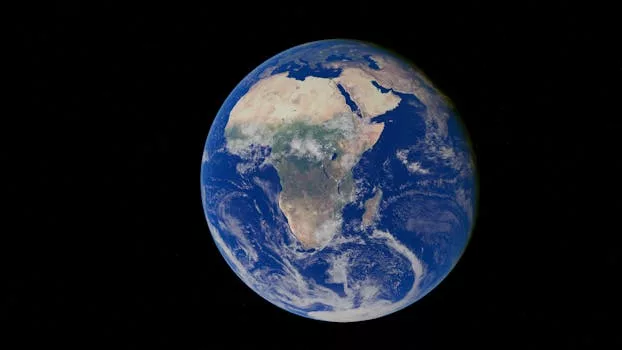
“
From Stardust to Dreams: Imagining Life Beyond the Stars
Introduction to the Cosmos
From Stardust to Dreams: Imagining Life Beyond the Stars is a journey through the vast expanse of the universe, exploring the possibilities of life beyond our planet. The stars have always fascinated humans, with their twinkling lights and mysterious allure. As we gaze up at the night sky, we can’t help but wonder: are we alone in the universe? The answer to this question has captivated scientists, philosophers, and dreamers for centuries.
The universe is a vast and wondrous place, full of mysteries waiting to be unraveled. From the majestic swirl of galaxies to the intricate dance of atoms, the cosmos is a complex and fascinating system. As we explore the universe, we begin to realize that we are not just observers, but an integral part of the grand tapestry of existence.
The Building Blocks of Life
The stars are the building blocks of life, providing the necessary elements for the creation of planets and the emergence of life. The process of star formation is a complex and highly regulated process, involving the collapse of giant molecular clouds and the ignition of nuclear fusion. As stars age and die, they expel heavy elements into space, which are then incorporated into new stars, planets, and life forms.
The discovery of exoplanets, planets that orbit stars other than the Sun, has revolutionized our understanding of the universe and the potential for life beyond Earth. With over 4,000 exoplanets discovered so far, the possibility of finding life-supporting planets is becoming increasingly likely. The search for life beyond Earth is an exciting and ongoing area of research, with scientists using a variety of methods to detect biosignatures and study the conditions necessary for life to emerge. This pursuit is akin to Charting New Realms: The Journey of Imagination Beyond the Stars.
Imagining Life Beyond the Stars
As we explore the universe and search for life beyond Earth, we are forced to confront our own limitations and biases. What does life mean to us, and how can we define it in a way that is both meaningful and universal? The search for life beyond Earth is not just a scientific pursuit, but a philosophical and existential one, challenging our understanding of the human condition and our place in the universe.
One of the most significant challenges in the search for life beyond Earth is the detection of biosignatures, signs of biological activity that could indicate the presence of life. Scientists use a variety of methods to detect biosignatures, including the study of atmospheric composition, the detection of radio signals, and the search for optical signatures. While we have not yet found definitive evidence of extraterrestrial life, the search continues, driven by our insatiable curiosity and our desire to understand the universe and our place within it. This quest for knowledge is similar to the themes explored in Cosmic Creativity: How Imagination Soars Beyond the Constellations.
Takeaways
- The universe is a vast and complex system, full of mysteries waiting to be unraveled.
- The search for life beyond Earth is an ongoing area of research, with scientists using a variety of methods to detect biosignatures and study the conditions necessary for life to emerge.
- The definition of life is a complex and multifaceted concept, challenging our understanding of the human condition and our place in the universe.
- The search for life beyond Earth is not just a scientific pursuit, but a philosophical and existential one, driving us to confront our own limitations and biases.


